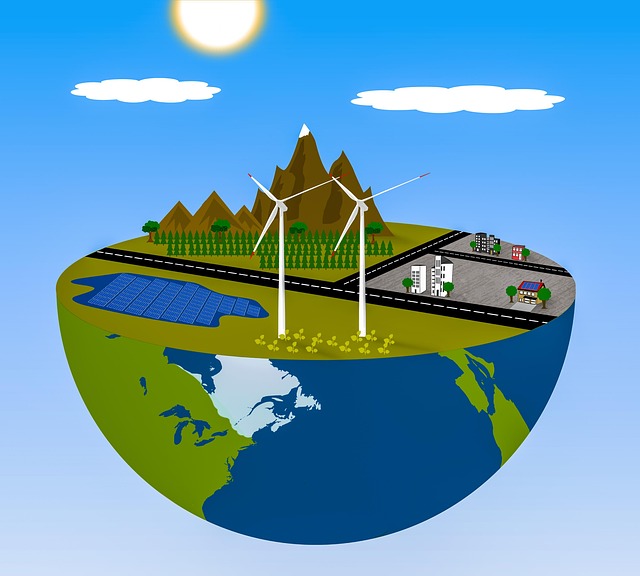
Nurturing an Effective Innovation Ecosystem: The Intersection of Science, Technology, and Workplace Culture
In today’s fast-paced world, the concept of an innovation ecosystem has never been more crucial. As we navigate through the intertwined realms of science and technology, we must also consider the very foundation upon which these innovations stand: workplace culture. Together, these elements create a fertile environment where creativity flourishes, leading to groundbreaking advancements that can shape the future.
Science serves as the backbone of innovation. It fuels our curiosity and drives discovery, challenging the status quo and inviting us to explore the unknown. When scientists harness their understanding to solve real-world problems, they spark new ideas that can blossom into transformative technologies. However, mere scientific discovery isn’t enough; it needs a supportive environment where experimentation and calculated risks are encouraged. This is where the synergy of an innovation ecosystem comes into play.
Similarly, technology plays a pivotal role in this ecosystem. It acts as a bridge, connecting various scientific discoveries to practical applications that impact everyday life. From artificial intelligence to biotechnology, technology amplifies the potential of scientific breakthroughs. But for technology to thrive, it requires the right cultural backdrop—one that embraces change, promotes collaboration, and cultivates continuous learning. This climate allows tech innovators to leverage their tools effectively, pushing boundaries and revolutionizing industries.
At the core of a successful innovation ecosystem lies workplace culture. A strong organizational culture fosters trust, openness, and resilience. When employees feel valued and empowered, they’re more likely to share their ideas and collaborate with their peers. This sense of belonging fuels creativity and encourages individuals to step outside their comfort zones. Companies that prioritize a positive workplace culture are not just developing better products; they are building an environment where innovation becomes part of the organizational DNA.
Moreover, a diverse workplace culture enriches the innovation ecosystem. By integrating different perspectives and experiences, organizations can approach problems more holistically. This diversity sparks creativity and generates fresh ideas, leading to innovative solutions that may not have emerged in a more homogenous setting. By embracing diversity, organizations can position themselves at the forefront of their industries, ready to pivot and adapt in a rapidly changing world.
To nurture a thriving innovation ecosystem, leaders must actively commit to fostering relationships between science, technology, and workplace culture. This means investing in educational programs that encourage scientific literacy, providing the latest technological tools to teams, and most importantly, creating a workplace culture that inspires and motivates. By doing so, organizations unlock the full potential of their workforce and pave the way for exciting innovations that can change the world.
Ultimately, we must recognize that the intersection of science, technology, and workplace culture is not just a theoretical model; it is a dynamic, living entity that requires constant nurturing. By understanding and investing in this ecosystem, we can propel ourselves into a future that values creativity, resilience, and unbounded possibilities.



